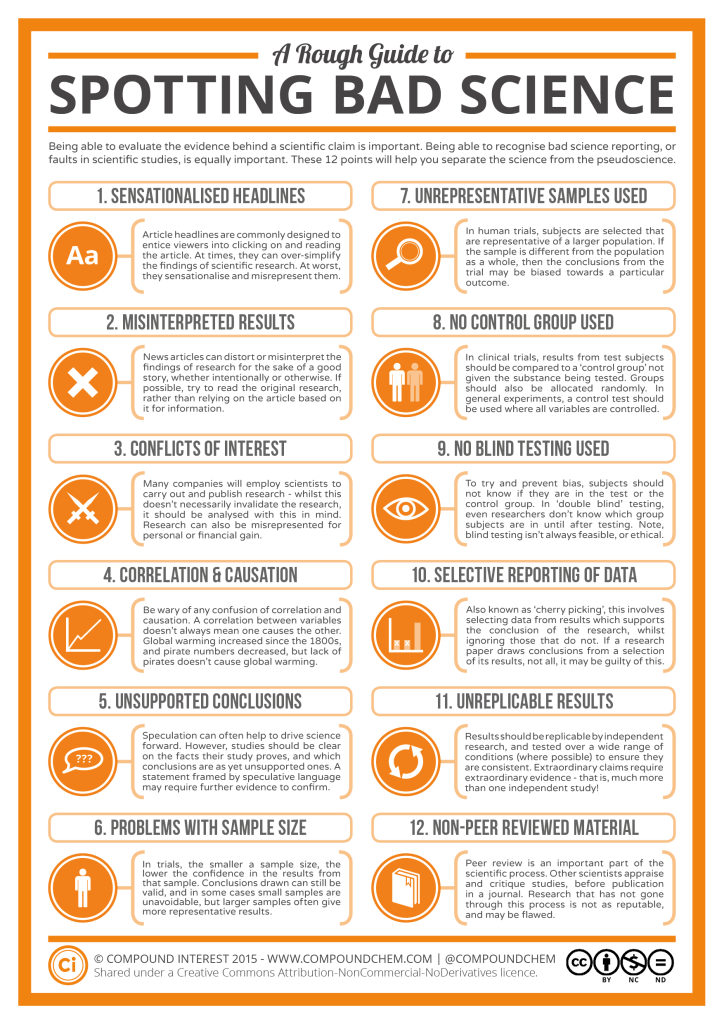The SIFT Method
Determining if resources are credible is challenging. Use the SIFT method to help you analyze information, especially news or other online media.
![]()
The SIFT method was created by Mike Caulfield. All SIFT information on this page is adapted from his materials with a CC BY 4.0 license.
Trace icon made by Freepik from www.flaticon.com
Introduction to SIFT
Here are four steps to help evaluate sources: it's called The SIFT Method
STOP
The first step is to STOP and consider the source. Do you trust the source of the information? Don't share it until you know more.
INVESTIGATE THE SOURCE
Do a quick Google search to figure out where information is coming from before reading will help you decide if it is worth your time.
This will help gain a better understand its significance and trustworthiness.
FIND BETTER COVERAGE
While you're Googling, see who else is covering the topic. Maybe you'll find a better resource that you'd like to use. Or realize the source you've found isn't worth using at all.
TRACE CLAIMS, QUOTES, AND MEDIA TO THEIR ORIGINAL CONTEXT
To get the whole picture, see if you can find the original newspaper, or video, or government agency. This will give you a better understanding of the material.
Fact Checking Tools
Resources for fact checking:
-
FactCheck.orgA "nonpartisan, non profit 'consumer advocate' for voters that aims to reduce the level of deception and confusion in U.S. politics.
-
FlackCheck.orgSister site to FactCheck.org that "provides resources designed to help viewers recognize flaws in arguments in general and political ads in particular.
-
Politifact.comFact-checking website that rates the accuracy of claims by elected officials and others on its Truth-O-Meter. The site is run by reporters and editors from the Tampa Bay Times, and has national recognition.
-
Snopes.comSite that began research into urban legends has since grown into the "oldest and largest fact-checking site on the Internet, one widely regarded by journalists, folklorists, and laypersons alike as one of the world’s essential resources"
-
Know Your MemeDedicated to documenting Internet phenomena: viral videos, image macros, catchphrases, web celebs and more.
Library Reference Databases:
-
Credo Reference This link opens in a new windowProvides full-text online access to hundreds of multidisciplinary reference book collections, including art, history, law, medicine, psychology, technology, bilingual dictionaries and encyclopedias.
-
eBooks (Gale) This link opens in a new windowGale eBooks offers broad cross-curricular collection of non-fiction titles, supporting science, geography, history, language arts, business and other subjects. Optimized for search and discovery, the Gale eBooks platform enables you to search through multiple nonfiction eBooks within a single search.


